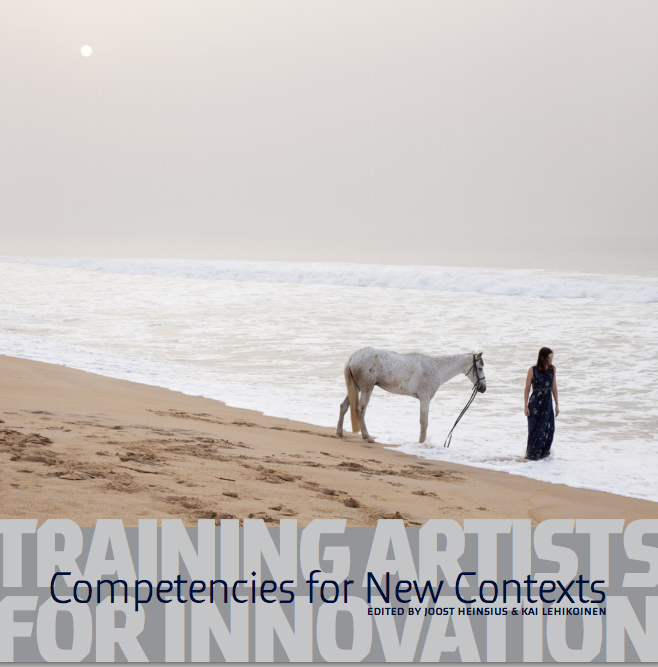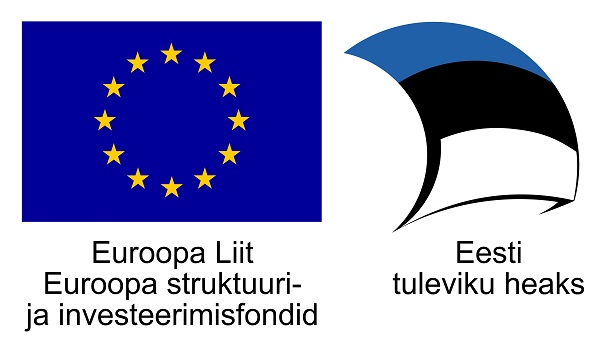Joost Heinsius & Kai Lehikoinen Training Artists for Innovation: Competencies for New Contexts
 Early in 2013, the project Training Artists for Innovation approached artists, organisations, companies, universities and cities that have experience with artistic interventions. Together these voices constitute a convincing argument for the central message of the book: training artists for innovation is a contribution to the societal and business challenges of today.
Early in 2013, the project Training Artists for Innovation approached artists, organisations, companies, universities and cities that have experience with artistic interventions. Together these voices constitute a convincing argument for the central message of the book: training artists for innovation is a contribution to the societal and business challenges of today.
Training artists for innovation? Is that possible? Are artists not innovative by nature? These questions arise if you contemplate the title Training Artists for Innovation. The subtitle of this book, Competencies for New Contexts, answers these questions. The arts can play a crucial role within innovation in business and society once we know how artists can contribute in their own way. Training artists to do so successfully is necessary.
To understand this we need to take a look at several changing contexts. Not only in the arts sector, but also in the business world, in organisational development and also in the world of policy (national and European level) that concerns the cultural and creative sectors and innovation.
Cultural and creative fields are seen to provide significant opportunities for sustainable growth and employment both at national level and at the EU level in Europe. In these fields, employment has been stable despite recession in recent years. Also, the employment of young people has been greater in relation to other industries.
The TAFI -project has shown that successful training schemes for artistic interventions depend on a conducive environment, including art schools, businesses and organisations, and public policy makers. This environment should recognise the necessity and positive benefits of artistic interventions in general, and training for artistic interventions in particular, and be ready to engage in collaboration with training programmes.
The book can be downloaded here





